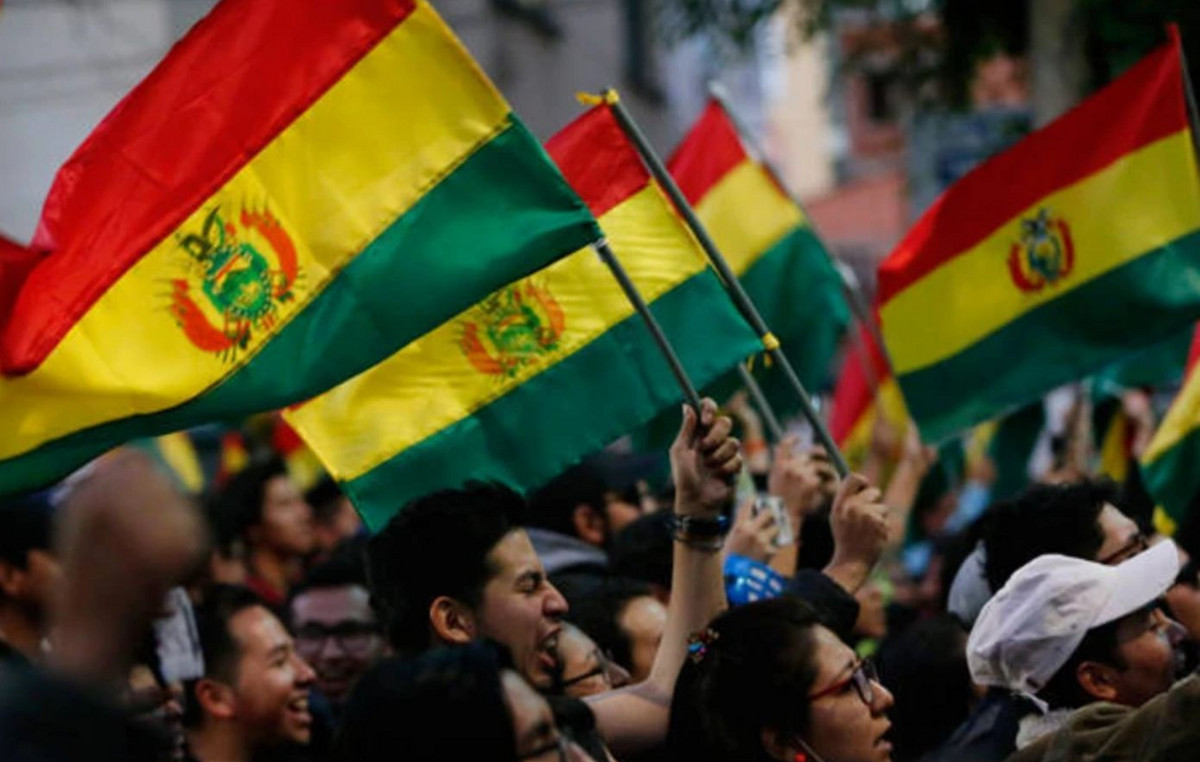The traditional handing over of the key to the city of Rio de Janeiro to Rei Momo marked the return, this Wednesday (20), of the parades of the samba schools of the Ouro na Sapucaí series. The command of the city was given to this year’s Momo, Wilson da Costa Neto, 35, by Mayor Eduardo Paes during a ceremony at Palácio da Cidade.
Eduardo Paes spoke about the absence of Carnival during the pandemic. “After 2 years that the population of the whole world suffered so much from this pandemic and thanks to science we can reach that moment, even with carnival postponed at a different time of year we can celebrate”.
Paes also commented on the street carnival that is banned in the city. “The street carnival in the model that we have traditionally takes a lot of work. Obviously the city hall will not stop anyone from celebrating, we make this appeal but I will not keep putting municipal guards behind revelers”.
The first schools to present themselves in Sapucaí will be the Grupo de Acesso (Gold Series). They will parade on Wednesday and Thursday (21) from 21h. On Friday (22) and Saturday (23), from 10 pm, it will be the turn of the Special Group schools. The parade of champions is scheduled for the following Saturday, the 30th.
The Independent League of Samba Schools of Rio de Janeiro (Liesa) announced this Tuesday (19) that all tickets for sectors 6 and 8 of Sapucaí have been sold. There are still tickets available for other sectors from R$15.
Liesa Independent League Sales Coordinator Heron Schneider estimates that 97% of the tickets for the parades are sold.
“Even with the date change, demand has been exceeding expectations. This year we also have a novelty that the public can buy tickets for the same day at the Sector 11 Sales Center”, says Schneider.
LIESA expects to receive an audience of 75 thousand people per day, distributed in the 13 sectors of the Sambadrome. Upon entry, the public will need to present proof of vaccination against Covid-19 – physical or digital.
Gates open at 7pm every day of the parade. On Sunday (24), day of the Junior Schools, the gates of sectors 1 to 9 will open at 3:30 pm.
Party moves billions of reais
According to the economist and coordinator of Unirio’s Artificial Intelligence Laboratory, Gabriel Pinto, the tourism generated by the Carnival holiday in February added to the April Carnival should generate R$ 2.8 billion in the city.
The number reached R$ 4 billion in 2020, according to the Carnaval de Dados Report, released by the City of Rio de Janeiro in February this year.
“Carnival in February in Rio de Janeiro is on the international and national calendar, so people are already planning to go on vacation. Just because it is not at that time, Carnival loses not only in terms of revenue generated at Sapucaí, in hotels, but also in terms of the activation of the Brazilian brand, which is Carnaval”, says the economist.
According to him, the street blocks usually generate revenue of R$ 1 billion for the city’s economy.
“It is an important movement, the megablocks move 1 million people. It is not what will happen now. The February Carnival had a lot of tourism, but it was a different movement, generating around R$ 200 million. Occupancy in hotels is good for this Carnival in April, but it is not the level you normally see. We are not there yet”, says the Unirio researcher.
City tourism during Carnival
According to figures from the Rio de Janeiro Hotel Association (ABIH-RJ), hotel occupancy in the city for the second Carnival of 2022 reached 78% this Tuesday (19).
According to ABIH-RJ, this will be a Carnival with many domestic tourists, who account for 86% of reservations. Most will come from São Paulo, followed by Minas Gerais. In third place are tourists from the State of Rio, and in fourth place, those who come from Espírito Santo.
Also according to the association, it is already possible to observe a gradual return of foreign tourists, who represent 14% of guests. Most originate in the United States, followed by Argentina, Chile and Colombia.
The expectation of the Rio Convention & Visitors Bureau (Rio CVB), an entity that stimulates tourism, is that the city’s tourist sector will recover revenue from the trips of the second Carnival.
“Carnival divided into two stages has been guaranteeing good results for the sector in both periods, with around 80% occupancy in February and a similar expectation for this month”, says the company’s executive director, Roberta Werner.
Source: CNN Brasil







